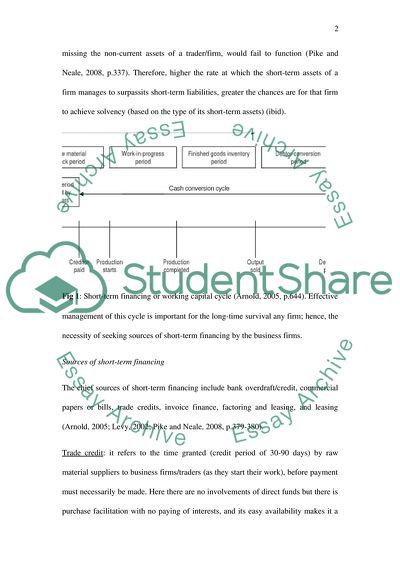Discuss and evaluate the potential sources of short-term finance Essay. https://studentshare.org/finance-accounting/1765028-discuss-and-evaluate-the-potential-sources-of-short-term-finance-available-to-businesses-identifying-the-circumstances-in-which-each-would-be-appropriate
Discuss and Evaluate the Potential Sources of Short-Term Finance Essay. https://studentshare.org/finance-accounting/1765028-discuss-and-evaluate-the-potential-sources-of-short-term-finance-available-to-businesses-identifying-the-circumstances-in-which-each-would-be-appropriate.


